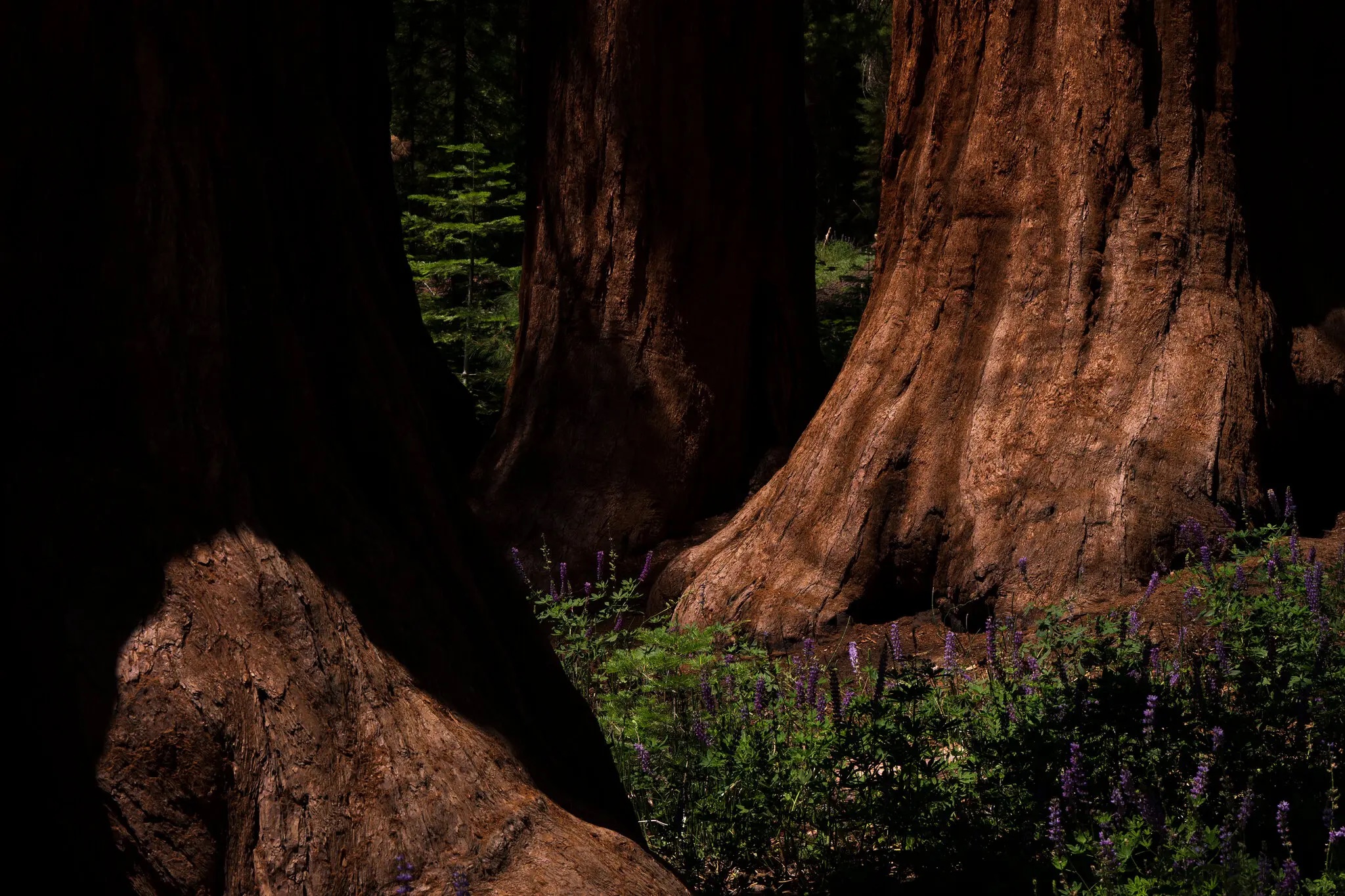Biden Signs Inflation Reduction Act Affecting Health, Climate and the Economy
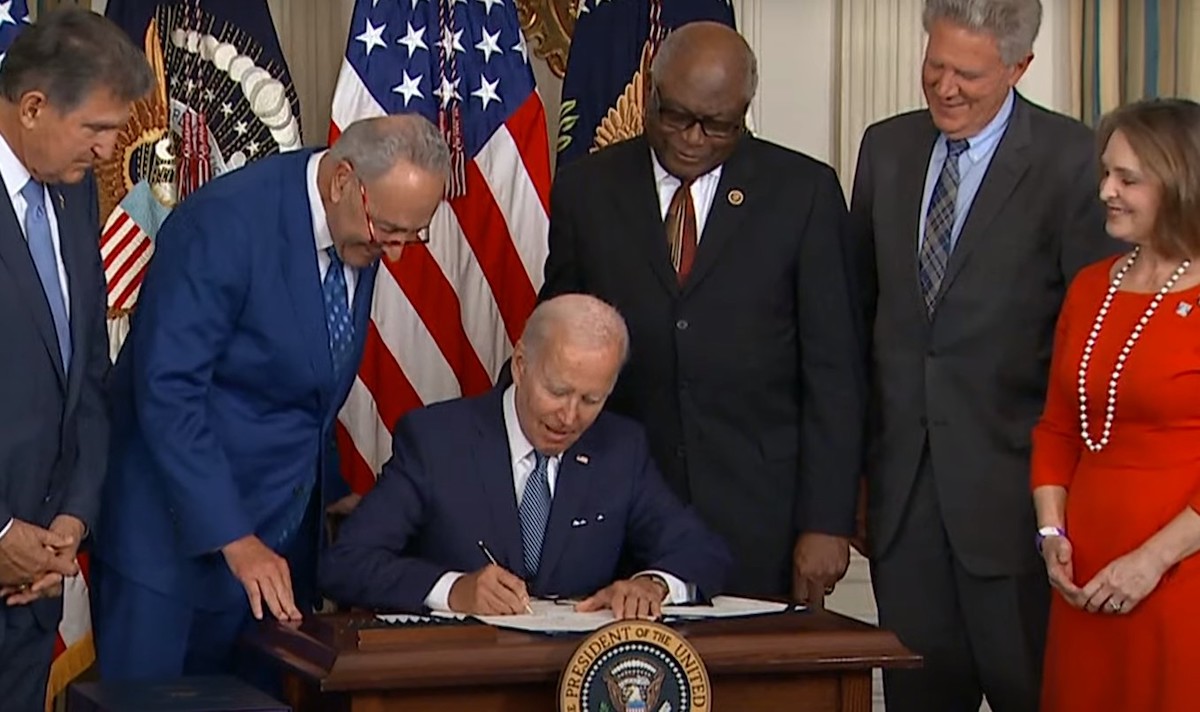
Biden Signs Inflation Reduction Act Affecting Health, Climate and the Economy
Biden Signs Inflation Reduction Act Affecting Health, Climate and the Economy. On August 16, President Biden signed a landmark climate change and health care bill into law. The Act includes the most substantial federal investment in history to fight climate change — some $375 billion over the decade, and significant investments in wildfire and forest resilience including:
Wildfire Resilience and Ecosystem Restoration
- $1.8 billion for hazardous fuels reduction projects on National Forest System land within the wildland-urban interface.
- $200 million for vegetation management projects on National Forest System land.
- $250 million for conservation, ecosystem, and habitat restoration projects on National Park Service and Bureau of Land Management lands.
Climate-Smart Forestry for Non-Federal Forest Landowners
- $450 million for grants to support climate mitigation, forest resilience, and carbon sequestration and storage practices.
Urban and Community Forests
- $1.5 billion for competitive grants to cities, tribal nations, nonprofits, and other eligible entities.
Forest Conservation
- $700 million for competitive grants through the Forest Legacy Program.
Forest Products and Innovation
- $100 million for grants under the Wood Innovation Grant Program.
RESOURCES
Sequoia National Forest Restoring Rough Fire Area With Partners
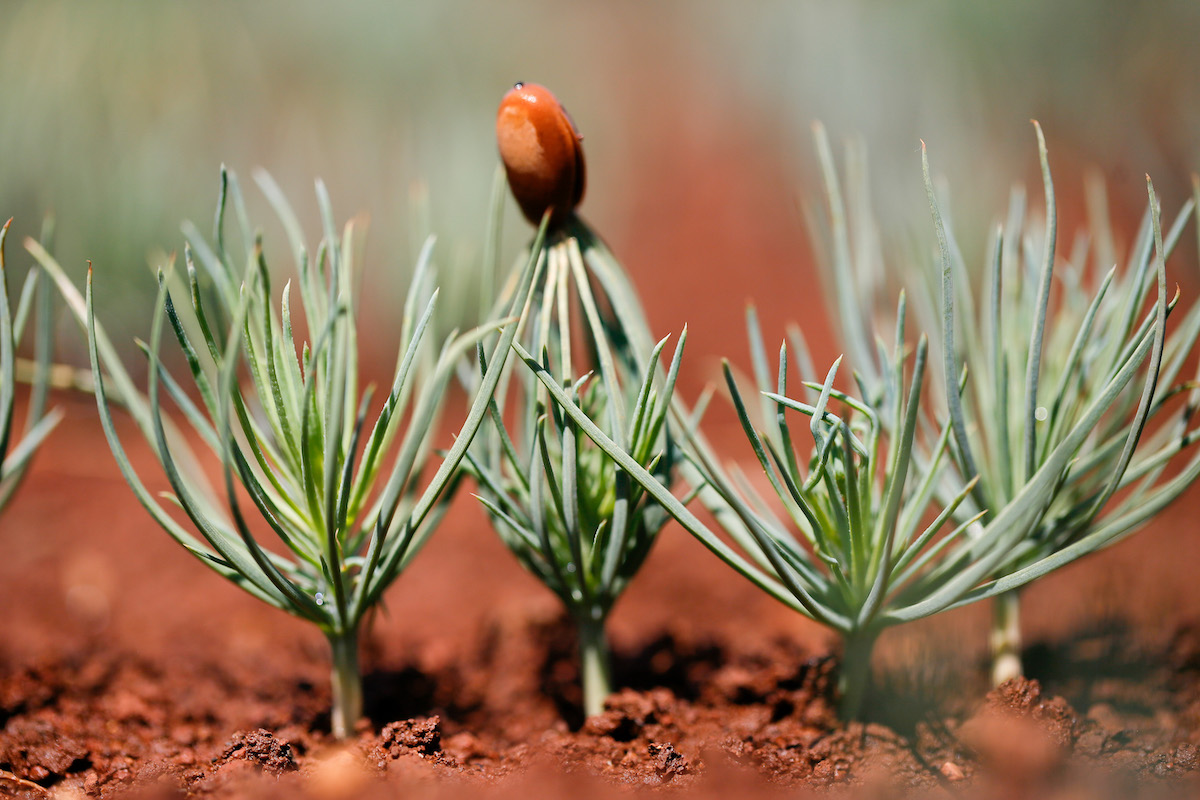
Sequoia National Forest Restoring Rough Fire Area With Partners
Contractors have begun implementing about 1,340 acres of an approximately 4,900-acre restoration project in the footprint of the 2015 Rough Fire affecting the Kings River drainage in Hume Lake Ranger District. The project is a partnership with the Great Basin Institute and American Forests, with funding from CAL FIRE’s Forest Health Program.
RESOURCES
Drill down into more details from the USFS on the Rough Plantation Restoration and Maintenance Project
U.S. Forest Service makes progress on 795 acres of fuels reduction on the Mendocino National Forest
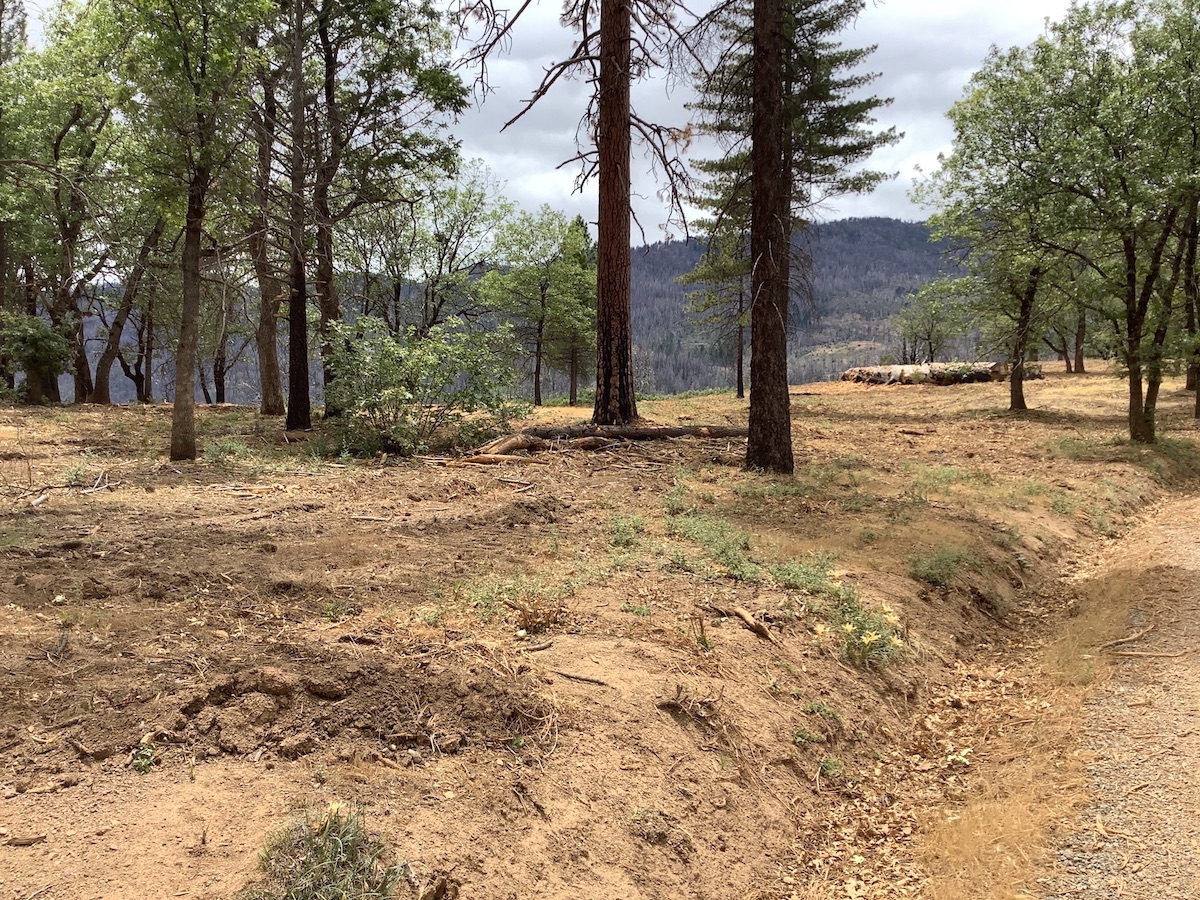
U.S. Forest Service makes progress on 795 acres of fuels reduction on the Mendocino National Forest
U.S. Forest Service (USFS) land managers are making progress on 445 acres of fuels reduction on the Grindstone Ranger District and about 350 acres on the Upper Lake Ranger District.
Fuels reduction projects like these are examples of the kind of work and partnerships that the Mendocino National Forest will be building on to meet the USFS ambitious plan to treat millions of acres over the next 10 years.
The goal of fuels treatments is to reduce fuel loadings. When fuel loads are low, wildfire burns at a lower intensity. In the event of a wildfire, areas treated for fuels give firefighters a safer place to build lines to contain a wildfire.
RESOURCES
Administration Announces Plans for Reforestation, Climate Adaptation
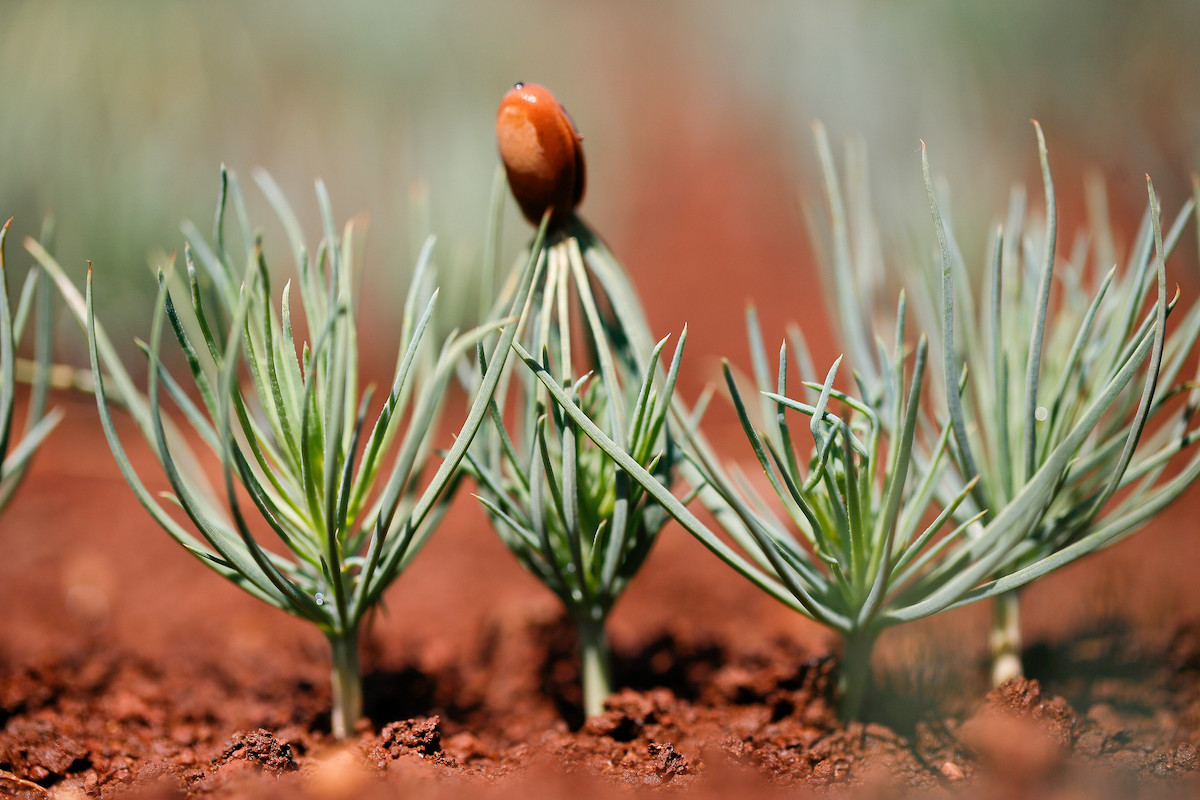
Biden-Harris Administration Announces Plans for Reforestation, Climate Adaptation, including New Resources from Bipartisan Infrastructure Law
On July 2022, the U.S. Department of Agriculture and U.S. Forest Service announced a nationwide strategy that will address a reforestation backlog of four million acres on national forests and plant more than one billion trees over the next decade. According to USFS Chief Randy Moore, the reforestation strategy will serve as a framework to understand reforestation needs, develop shared priorities with partners, expand reforestation and nursery capacity, and ensure the trees planted grow to support healthy, resilient forests. In addition to the reforestation strategy, Secretary Vilsack announced 13 new USDA agency climate adaptation plans, which outline how each USDA agency will incorporate climate change into their operations and decisions to support communities, agriculture and forests nationwide.
RESOURCES
Forest Sector Workforce In The News
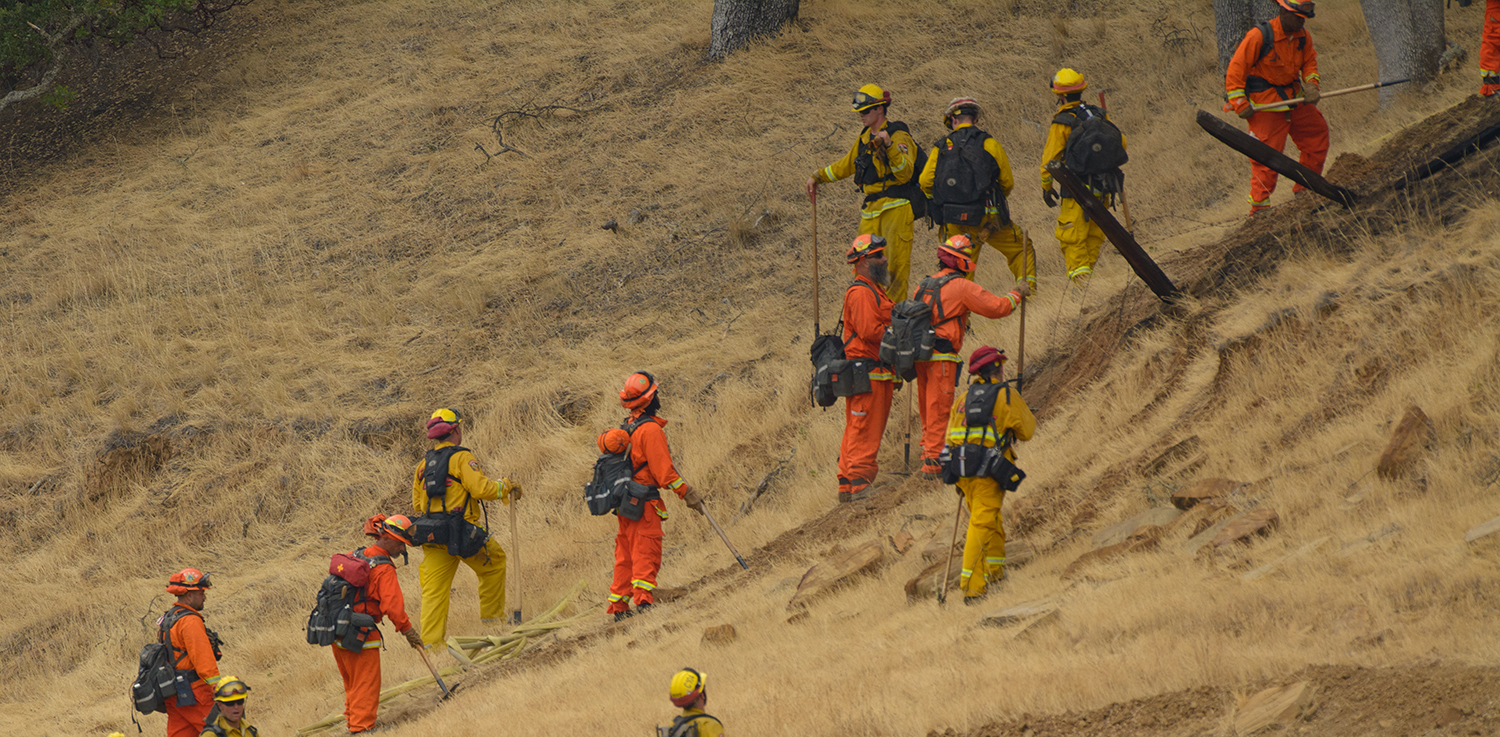
Forest Sector Workforce In The News
Local Community Colleges are offering opportunities to grow and strengthen California’s Forest Sector Workforce.
Shasta College — received 3.3M for expansion of Forest Health Programs
Feather River College — is now offering employees an annual $1,000 incentive to any employee that holds a Wildland Firefighter Certification
The Tahoe Fund — is awarding a scholarship to every student in Lake Tahoe Community College’s new Forestry Program
RESOURCES
August 9th, 2022: Shasta College
August 9th, 2022: The Tahoe Fund
U.S. Economic Development Administration Awards $21.5 Million for CA Workforce Training
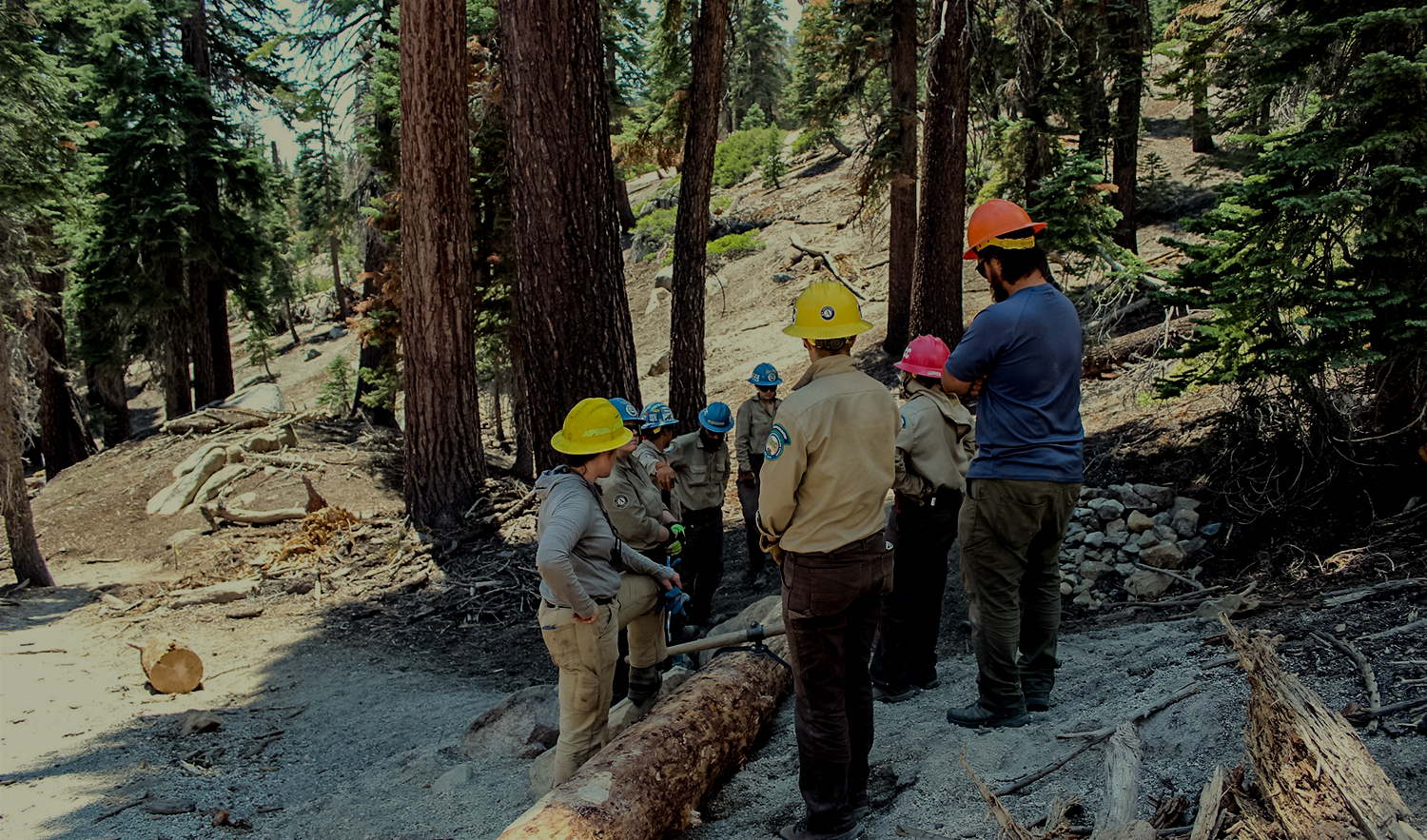
U.S. Economic Development Administration Awards $21.5 Million for CA Workforce Training in Forest Health and Fire Safety
Through its proposed CA Resilient Careers in Forestry program, the Foundation for California Community Colleges (FCCC) will partner with employers, educational institutions, and local community-based organizations to build a state-wide infrastructure for training in forest health and fire safety. The 32 winning projects were selected from a pool of 509 applicants.
RESOURCES
U.S. Department of Commerce Announces Winners of American Rescue Plan $500 M Good Jobs Challenge to Expand Employment Opportunities
LA Times Op-Ed: Why Forest Managers Need To Team Up With Indigenous Fire Practitioners
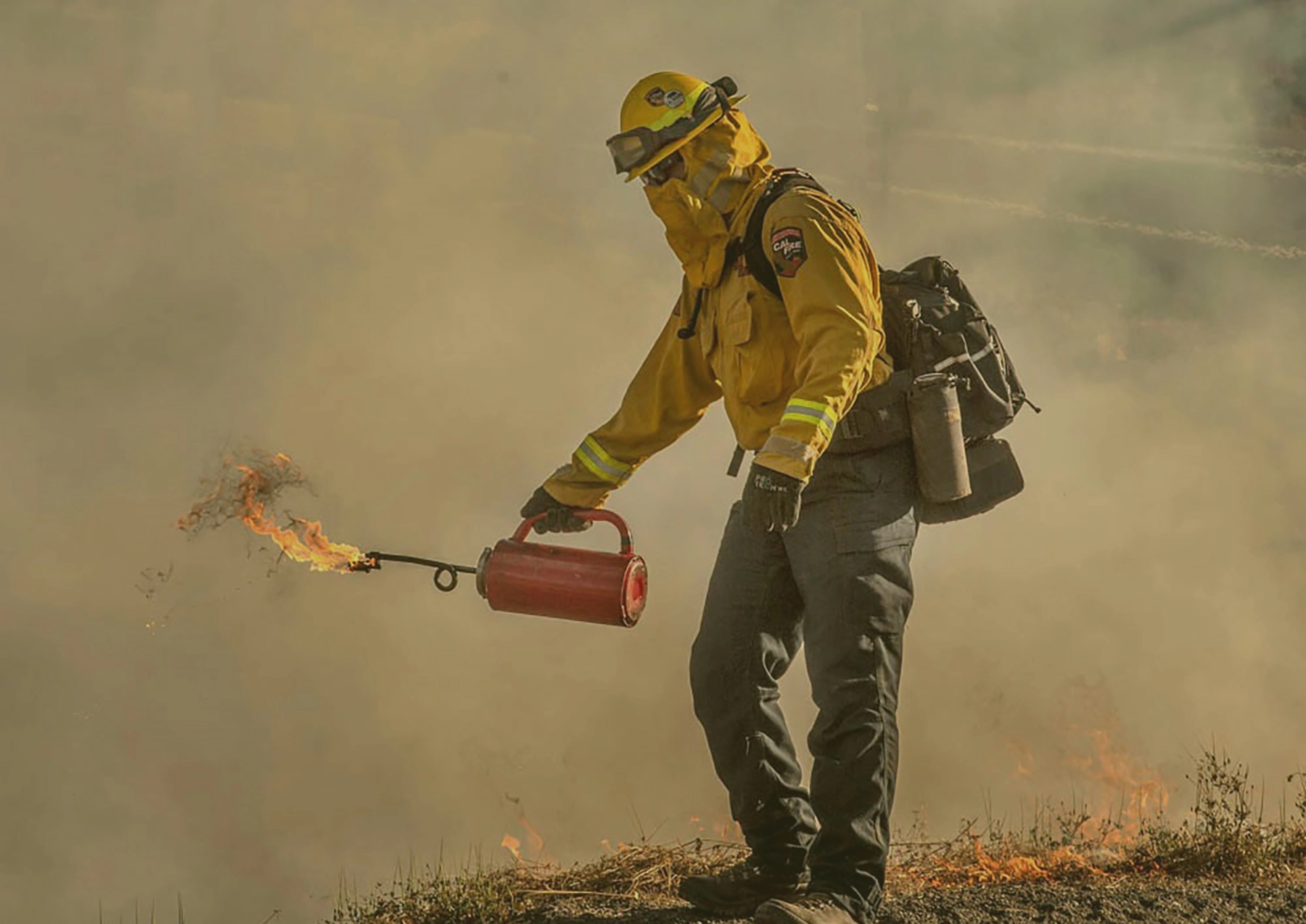
LA Times Op-Ed: Why Forest Managers Need To Team Up With Indigenous Fire Practitioners
Los Angeles Times, July 31, 2022, By Don Hankins, Scott Stephens and Sara A. Clark
The forests of the Western United States are facing an unprecedented crisis, besieged by wildfires and climate change. There is a precedent for part of the solution, though: intentional burns such as those set by Indigenous peoples.
RESOURCES
Wildfire Resilience Work Helps Save Yosemite Sequoias
Wildfire Resilience Work
Helps Save Yosemite Sequoias
photo credit: New York Times
Fuels Reduction Partnerships Pay Off In Controlling The Washburn Fire
Some of the world’s most iconic trees in one of the world’s most famous forests are safe today thanks in part to resilience treatments funded through CAL FIRE’s Forest Health grant program.
“This project has meant the difference for the community and the grove. I suspect that if Wawona Road was in the state that it was prior to the project, it could be a very different outcome for the Mariposa grove and the community.”
– Garett Dickman, National Park Service Vegetation Ecologist
photo credit: New York Times
Protecting the ancient, majestic giant sequoias in the largest and most popular of Yosemite’s sequoias clusters was an immediate concern for land managers when the Washburn Fire broke out near Mariposa Grove. Fortunately, a partnership that includes the Mariposa County Resource Conservation District, National Park Service and local private landowners had done the important fuels reduction work that reduced the fire’s severity and helped firefighters protect the invaluable trees.
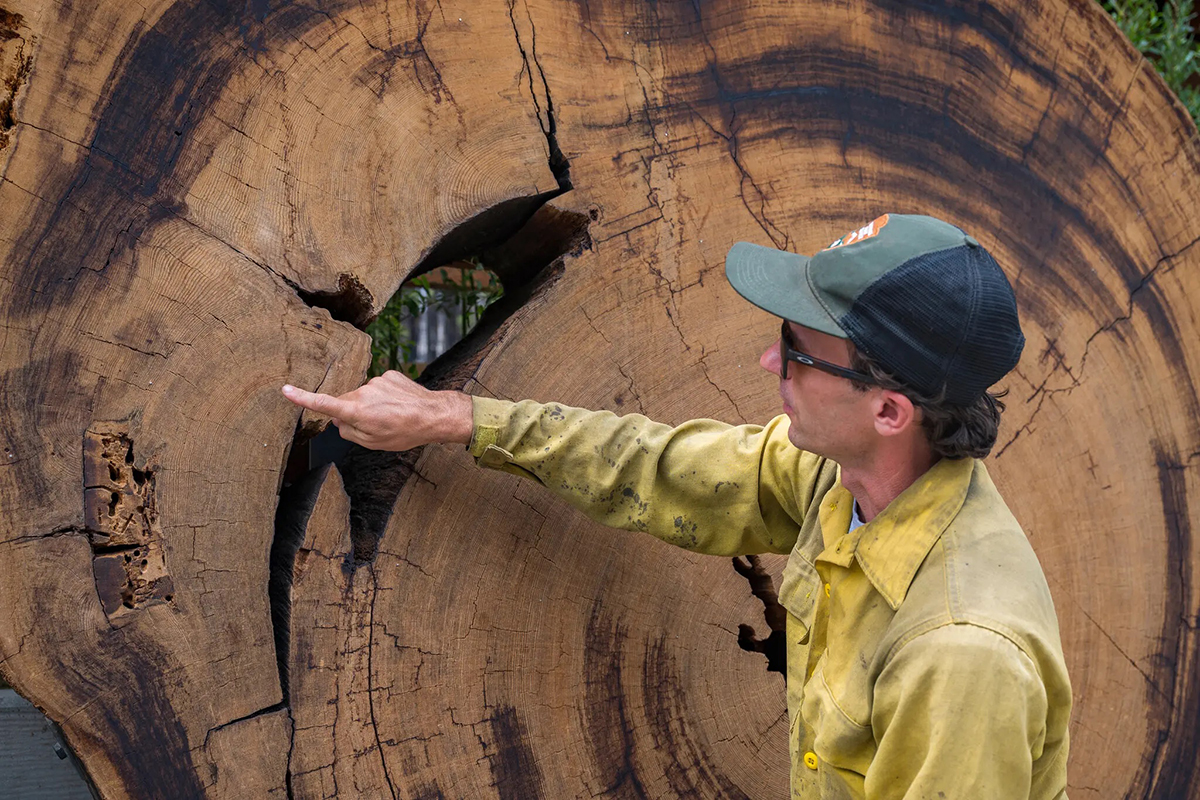
Garrett Dickman, a Vegetation Ecologist at Yosemite National Park was on the fire and observed its behavior. Referring to biomass removal treatments along a key road in the park, he said, “Firefighters [were] able to hold the road with minimal prep,” and the fuels reduction was “…proving critical in our ability to protect the community of Wawona.” Dickman pointed out that flame heights were a few inches to a just a few feet in treated areas, compared to flames that were tens to hundreds of feet long elsewhere.
photo credit: New York Times
CAL FIRE Forest Health provides funding to local and regional organizations that coordinate multiple treatment objectives, within landscape scale projects. Objectives include fuel reduction, prescribed fire, reforestation, biomass utilization and pest management. Land may be owned by tribes, private individuals, private companies, and local, state, or federal governments. The Washburn Fire is a good example of the critical impact these projects have in slowing the spread of wildfire, promoting forest health and, in this case, protecting some California’s most iconic natural treasures.
RESOURCES
Administration Announces $1 Billion in Community Wildfire Defense Grants
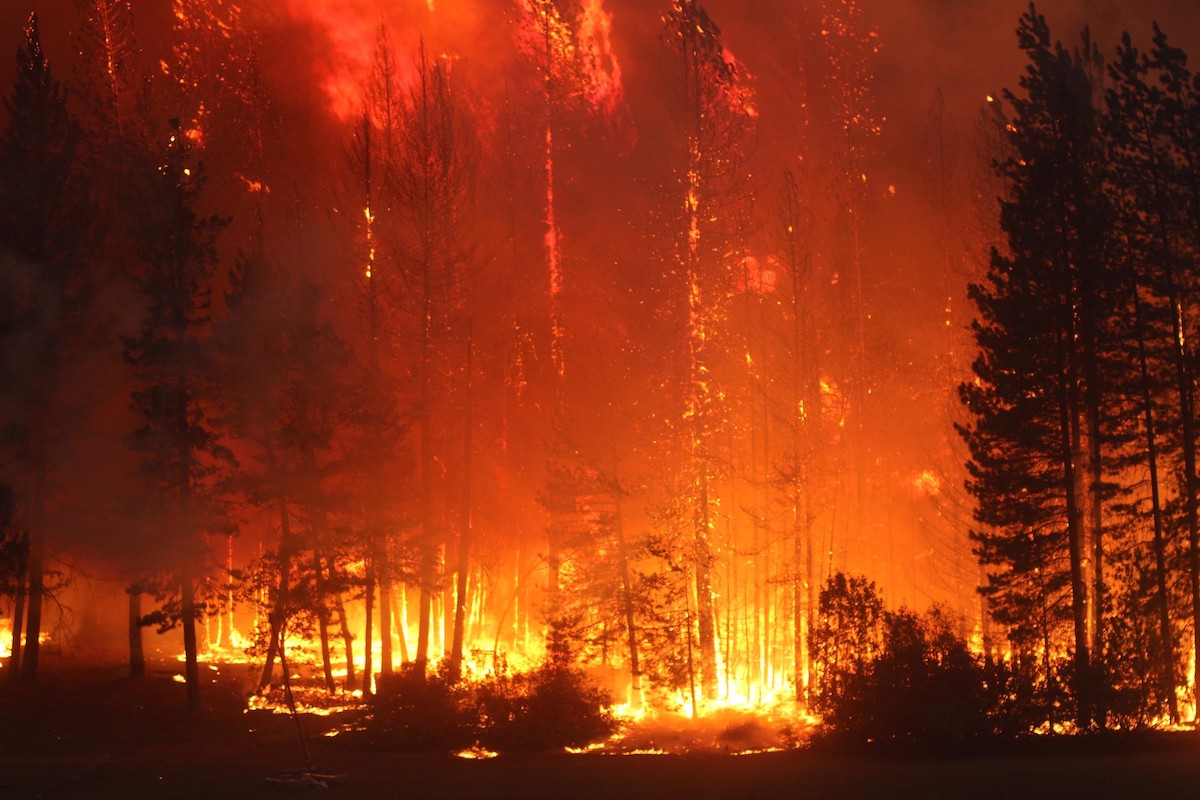
Biden-Harris Administration Announces $1 Billion in Community Wildfire Defense Grants from Bipartisan Infrastructure Law
On July 26, Agriculture Secretary Tom Vilsack launched a new $1 billion Community Wildfire Defense Grant Program. Under this new, five-year, competitive program funded by the Bipartisan Infrastructure Law individual grants of up to $250,000 will be awarded to create and update community wildfire protection plans or conduct outreach and education, and grants of up to $10 million will be awarded for associated infrastructure and resilience projects. Applications will be available soon. Local and Tribal governments are encouraged to conduct planning exercises to assist their communities with wildfire preparedness, response and adaptation efforts.
This Indigenous Practice Fights Fire With Fire
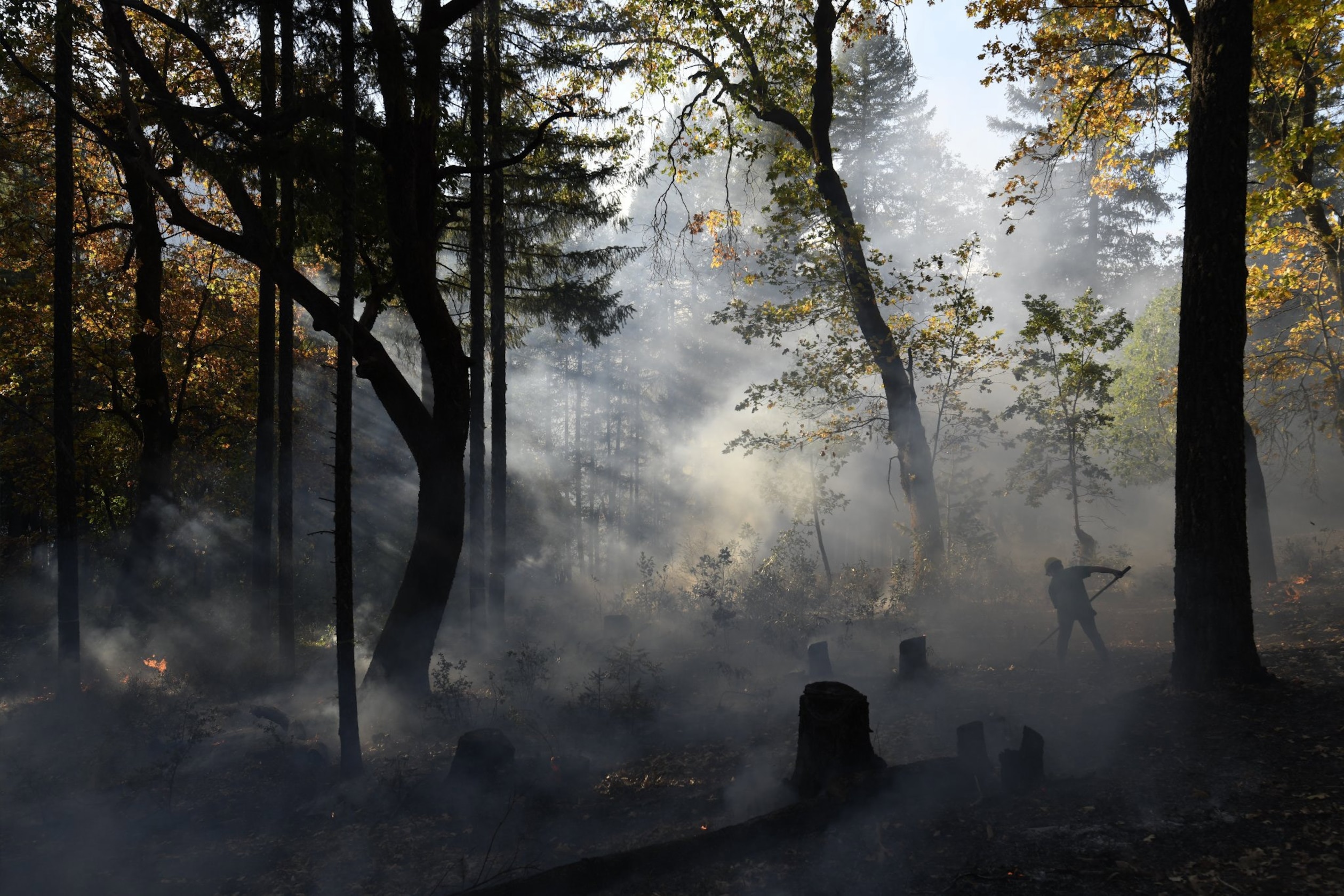
This Indigenous Practice Fights Fire With Fire
For decades, the U.S. government evangelized fire suppression, most famously through Smokey Bear’s wildfire prevention campaign. But as climate change continues to exacerbate wildfire seasons and a growing body of scientific research supports using fire to fight fire, Indigenous groups in the Klamath Basin are reviving cultural burning practices that effectively controlled forest fires for centuries. National Geographic photographer Kiliii Yüyan introduces us to people bringing back this cultural practice and teaching the next generation how to use fire.

